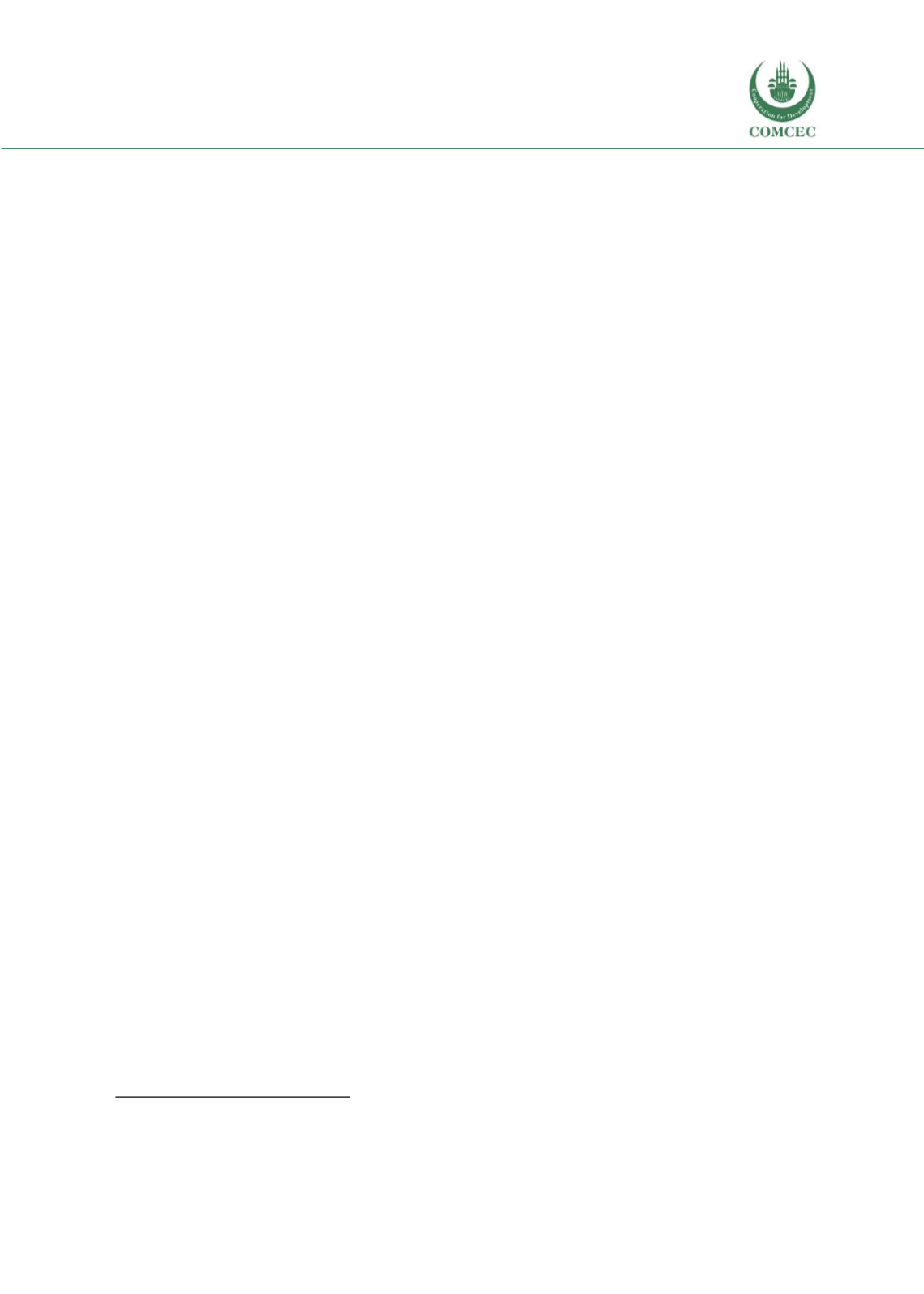

Education of Disadvantaged Children in OIC:
The Key to Escape from Poverty
191
CONCLUSION
This report aimed to present the issue of access to quality education across OIC countries and to
provide examples of different policies and programmes applied across the World and the OIC and
hence to make it possible to learn from the experiences of different countries.
Education is linked with better life outcomes. Higher levels of education are positively correlated
with labour market outcomes and earnings. More educated individuals and their children also
have better health status. In addition to education being a basic human right, access to quality
education is also an effective policy tool for governments to improve the living conditions of the
population in their countries.
However, barriers and bottlenecks around the world prevent children from accessing quality
education. These barriers were identified in the report as poverty, location, gender, disability,
language spoken/ethnicity along with system wide problems that include financing and quality
issues. These barriers present challenges for governments in achieving universal quality
education. As these barriers are circumstances that children are born into and over which they do
not have any control, failure to address them leads to inequalities of opportunities and can lead
children into a vicious cycle of poverty. Addressing them is crucial in levelling the playing field
and providing equality of opportunity for all children.
In the last two decades, OIC member countries improved access to education. However, universal
primary education has not been achieved in a large number of the member countries. In 24
countries (out of 50 with data available), net enrolment rates at the primary level are lower than
90 percent. While country income is related to enrolment rates, it does not have to be the destiny
of the country. Some OIC countries manage to perform better than predicted by their income
levels.
Inequalities also remain in many countries in access to education as a result of the identified
barriers.
509
Using data obtained from two publicly available databases (UNESCO Institute of
Statistics’ Database and World Bank’s World Development Indicators) and with a desk review
when data is not available on an indicator, poor children, children living in rural areas, girls (and
sometimes boys), children not speaking the instructional language in the country and disabled
children are shown to be left behind in member countries to varying degrees.
Poverty is a substantial barrier in many of the OIC countries.
Of the 42 OIC countries
with data available, 23 have a gap in the primary net attendance rate of poor and rich
children that is more than 10 percentage points and in 17 of them it is more than 20
percentage points. Furthermore, poor children are more disadvantaged in access to lower
secondary education compared to primary education. In some countries poor children are
almost not attending lower secondary education altogether. Poor children also have
509
Effect of the barriers are outlined in more detail in Chapter 2 for the OIC countries in Section 2.2 Bottlenecks and Barriers
















